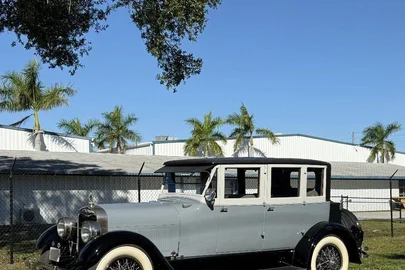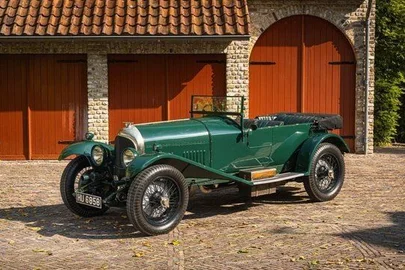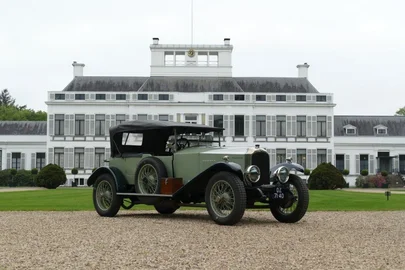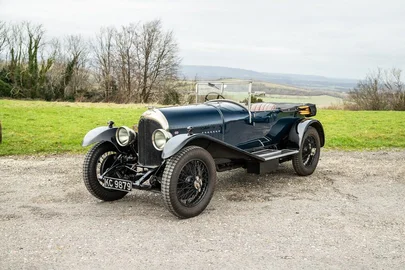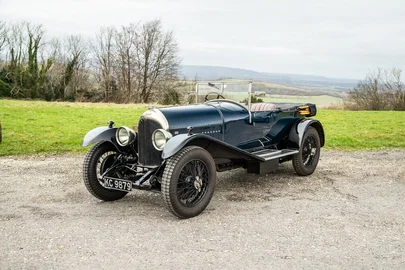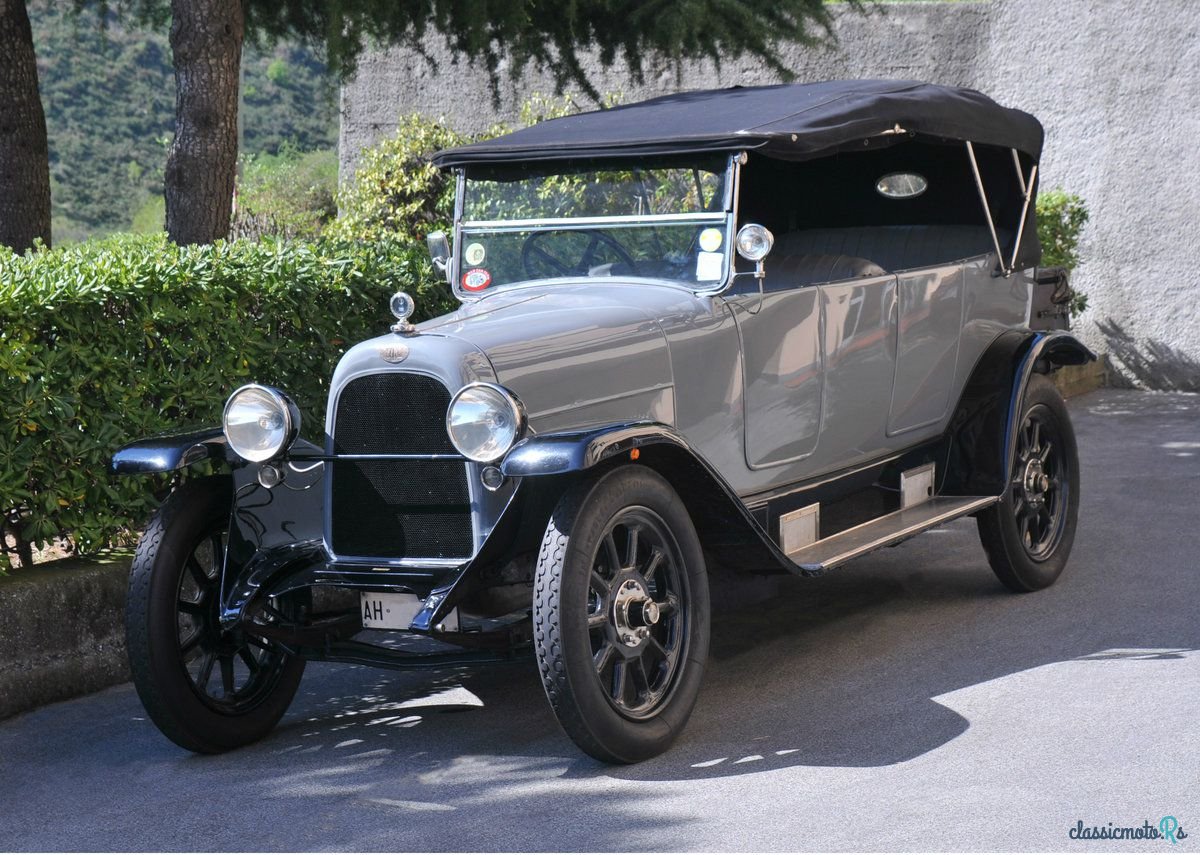
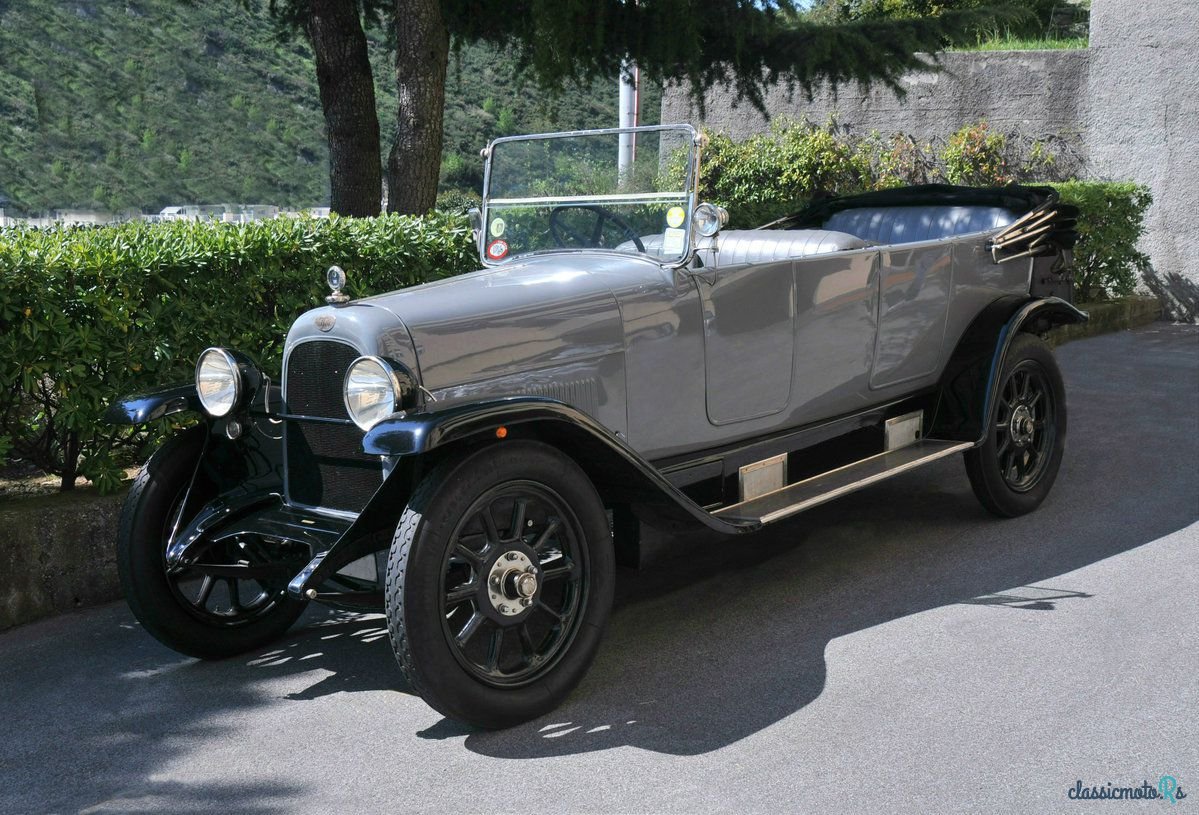
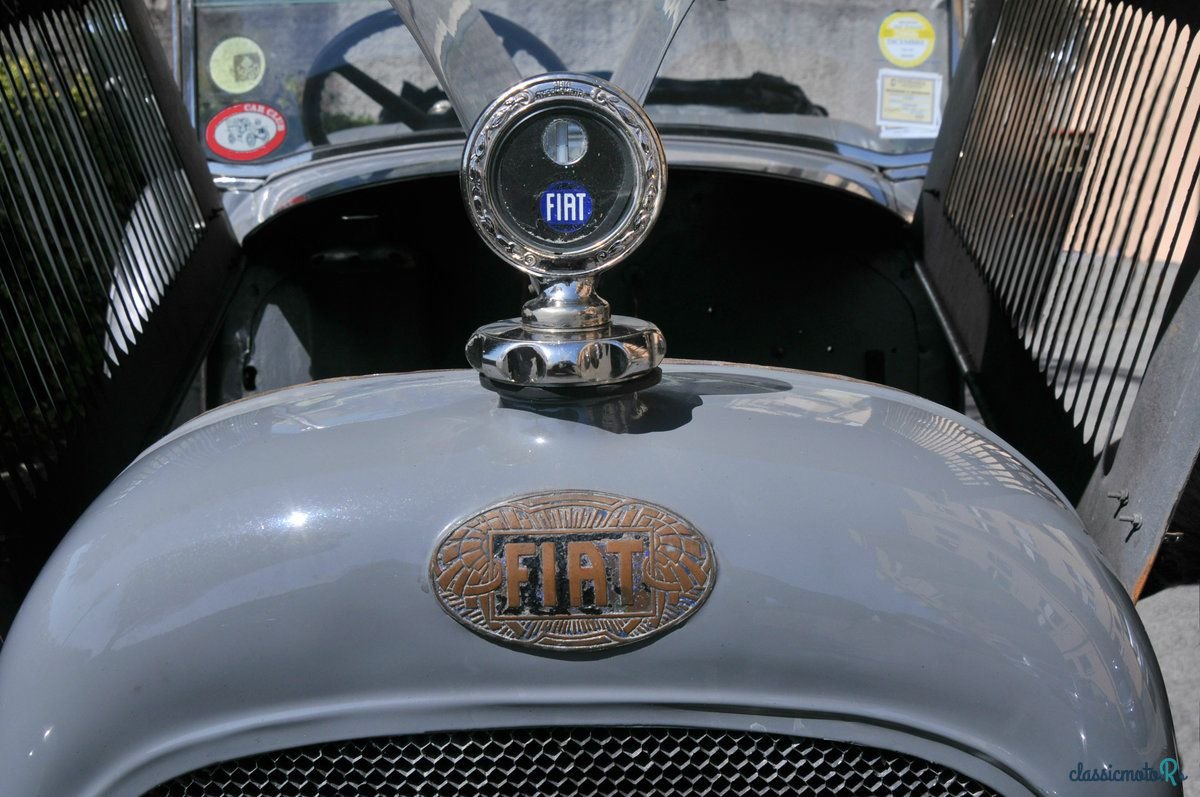
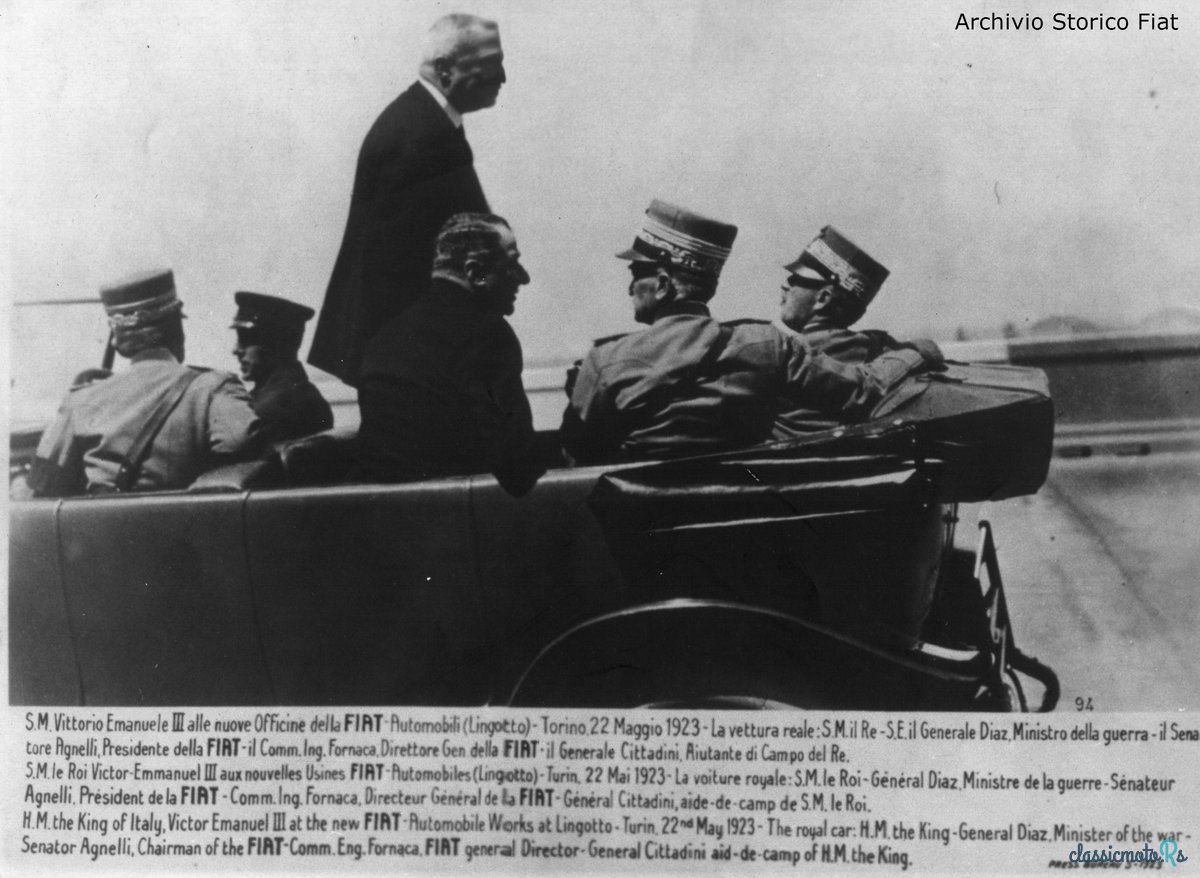
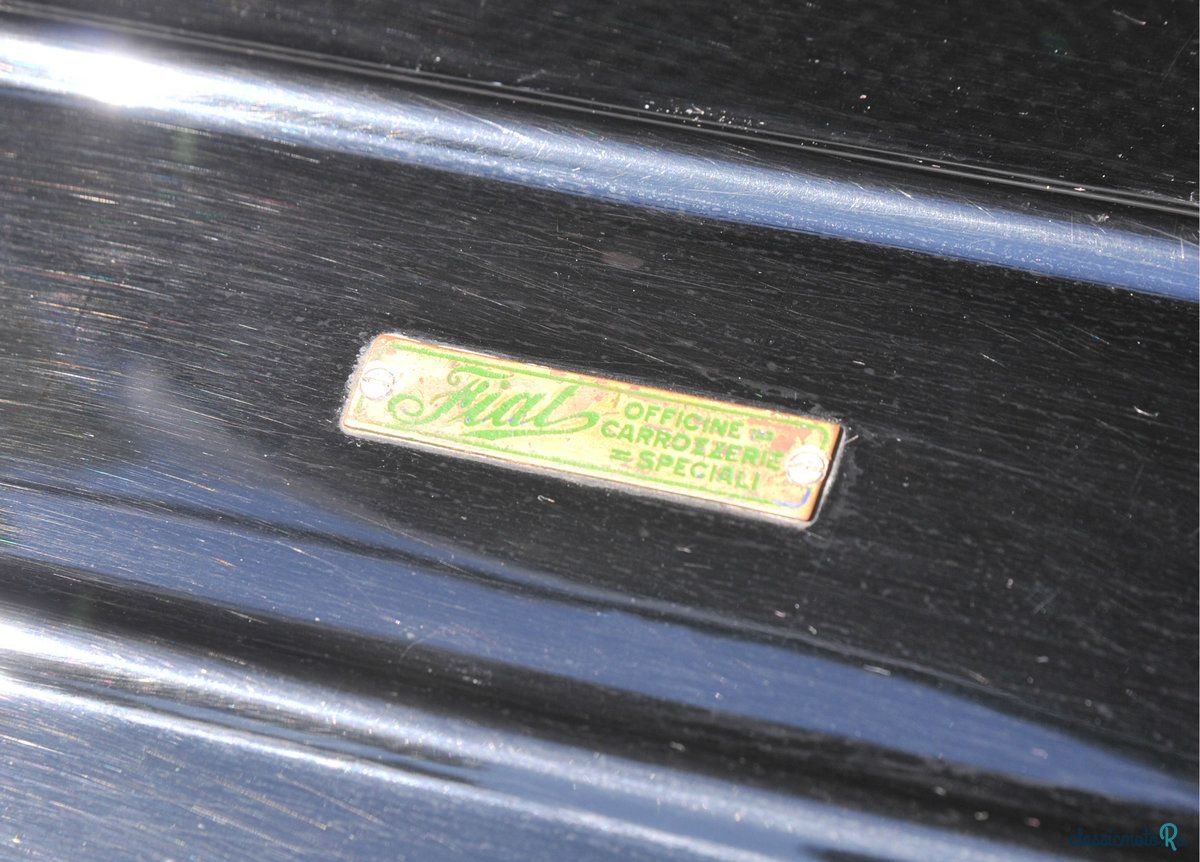
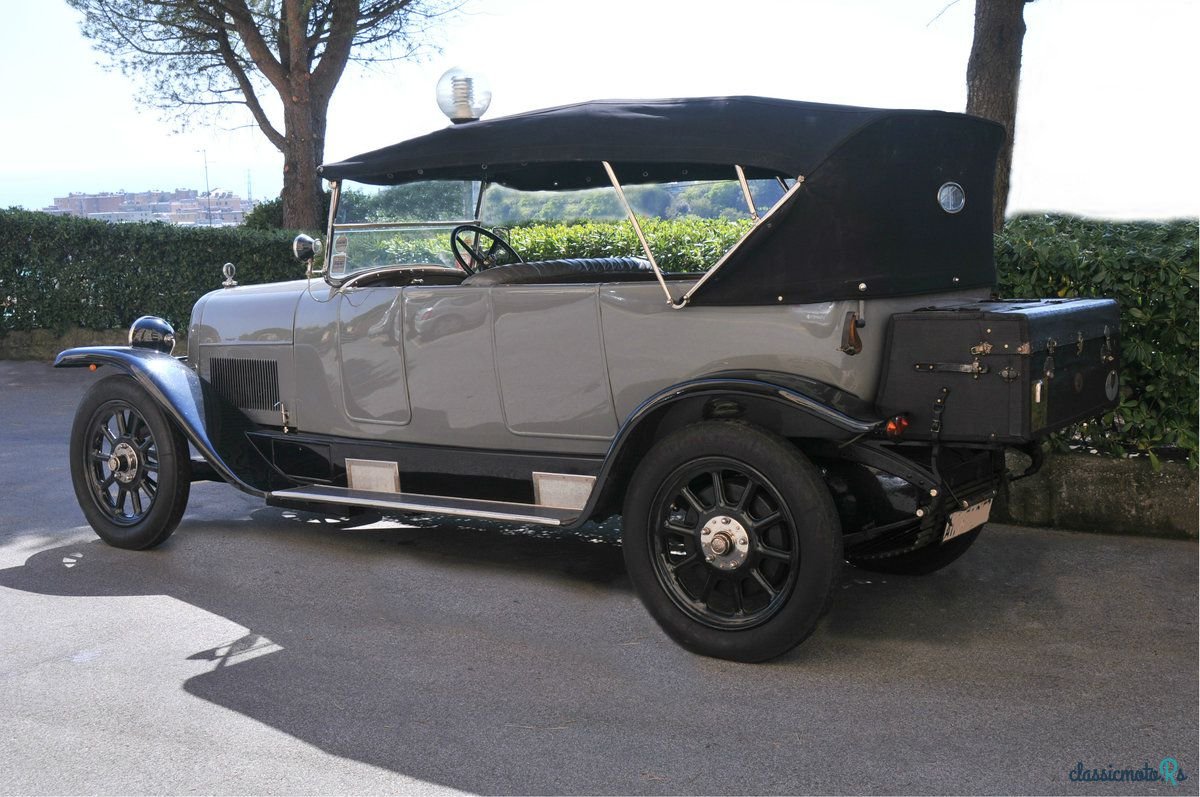
6 photos
1923' Fiat 510 Torpedo
Report This Ad!Rate This!Bookmark This
NegotiablePublished 18 February 2023ID: rWSoBl
Expired
2 years, 10 months ago
2 years, 10 months ago
Information from the owner
Body: Sports Car
Age: 100 years
Exterior color: White
Seller's comments about 1923' Fiat 510 Torpedo
The Fiat 510 is a car of high range produced from 1919 to 1925.
Was sold in a total of 13, 577 copies, of which 414 copies of the model 510S, it was the sports version with short wheelbase, engine boosted to 53 HP compared to the 46 HP version of the Torpedo, and some variety of styles and techniques such as the radiator separates wind.
The "510" was the first car in the world to have the brakes also on the front axle. He had a four-speed manual transmission. Motor type 110 six-cylinder in-line with side valves and single carburetor, engine capacity of 3. 446 cc that developed a power of 46 HP.
In Italy the Fiat 510 that currently exist, should be about six exemplars.
The car shown here is an important FIAT 510 TORPEDO produced in 1923, and until 1929 used on several occasions by Victor Emmanuel III, KING OF ITALY from 1900 to 1946.
Photographs of the time (provided by the Fiat Historic Register) testify to the King of Italy aboard this Fiat 510 Torpedo during his visit to the new workshops of Fiat Automobili at the Lingotto (Torino-IT), on 22 May 1923. On board the vehicle, in addition to His Majesty Vittorio Emanuele III, there were the General Diaz (Secretary of War), and the Commendatore Agnelli, President of FIAT.
Later in 1929 the car is sold with a license plate "MI" (Milano).
Between the years 30/ 40 is sold, changes license plate "PV" (Pavia), bearing the symbol of fascism. The license plate is still exists and is supplied with the car. Today the Fiat 510 is equipped with Italian white license plate, has all the documents in order and is ready to change of ownership.
It was restored in the first half of 1990 by the father of the current owner, and the deep and total restoration took 6 years of work, especially for the research carried out in order to restore the car as it was originally. The rear trunk, was added at a later purchase of 1923.
The total restoration, bodywork and all the mechanical parts, is documented by numerous photographs. The car is ASI (certificate of quality restoration), and is registered with the FIAT Historical Register. There is also a spare engine, four wheels and other parts.
There are about 30 papers, representing invoices or written texts, works carried out over the years and during the restoration.
Fabrizio told me, that maybe he also found the invoice, of the company that restored the engine, present on the car.
Was sold in a total of 13, 577 copies, of which 414 copies of the model 510S, it was the sports version with short wheelbase, engine boosted to 53 HP compared to the 46 HP version of the Torpedo, and some variety of styles and techniques such as the radiator separates wind.
The "510" was the first car in the world to have the brakes also on the front axle. He had a four-speed manual transmission. Motor type 110 six-cylinder in-line with side valves and single carburetor, engine capacity of 3. 446 cc that developed a power of 46 HP.
In Italy the Fiat 510 that currently exist, should be about six exemplars.
The car shown here is an important FIAT 510 TORPEDO produced in 1923, and until 1929 used on several occasions by Victor Emmanuel III, KING OF ITALY from 1900 to 1946.
Photographs of the time (provided by the Fiat Historic Register) testify to the King of Italy aboard this Fiat 510 Torpedo during his visit to the new workshops of Fiat Automobili at the Lingotto (Torino-IT), on 22 May 1923. On board the vehicle, in addition to His Majesty Vittorio Emanuele III, there were the General Diaz (Secretary of War), and the Commendatore Agnelli, President of FIAT.
Later in 1929 the car is sold with a license plate "MI" (Milano).
Between the years 30/ 40 is sold, changes license plate "PV" (Pavia), bearing the symbol of fascism. The license plate is still exists and is supplied with the car. Today the Fiat 510 is equipped with Italian white license plate, has all the documents in order and is ready to change of ownership.
It was restored in the first half of 1990 by the father of the current owner, and the deep and total restoration took 6 years of work, especially for the research carried out in order to restore the car as it was originally. The rear trunk, was added at a later purchase of 1923.
The total restoration, bodywork and all the mechanical parts, is documented by numerous photographs. The car is ASI (certificate of quality restoration), and is registered with the FIAT Historical Register. There is also a spare engine, four wheels and other parts.
There are about 30 papers, representing invoices or written texts, works carried out over the years and during the restoration.
Fabrizio told me, that maybe he also found the invoice, of the company that restored the engine, present on the car.
